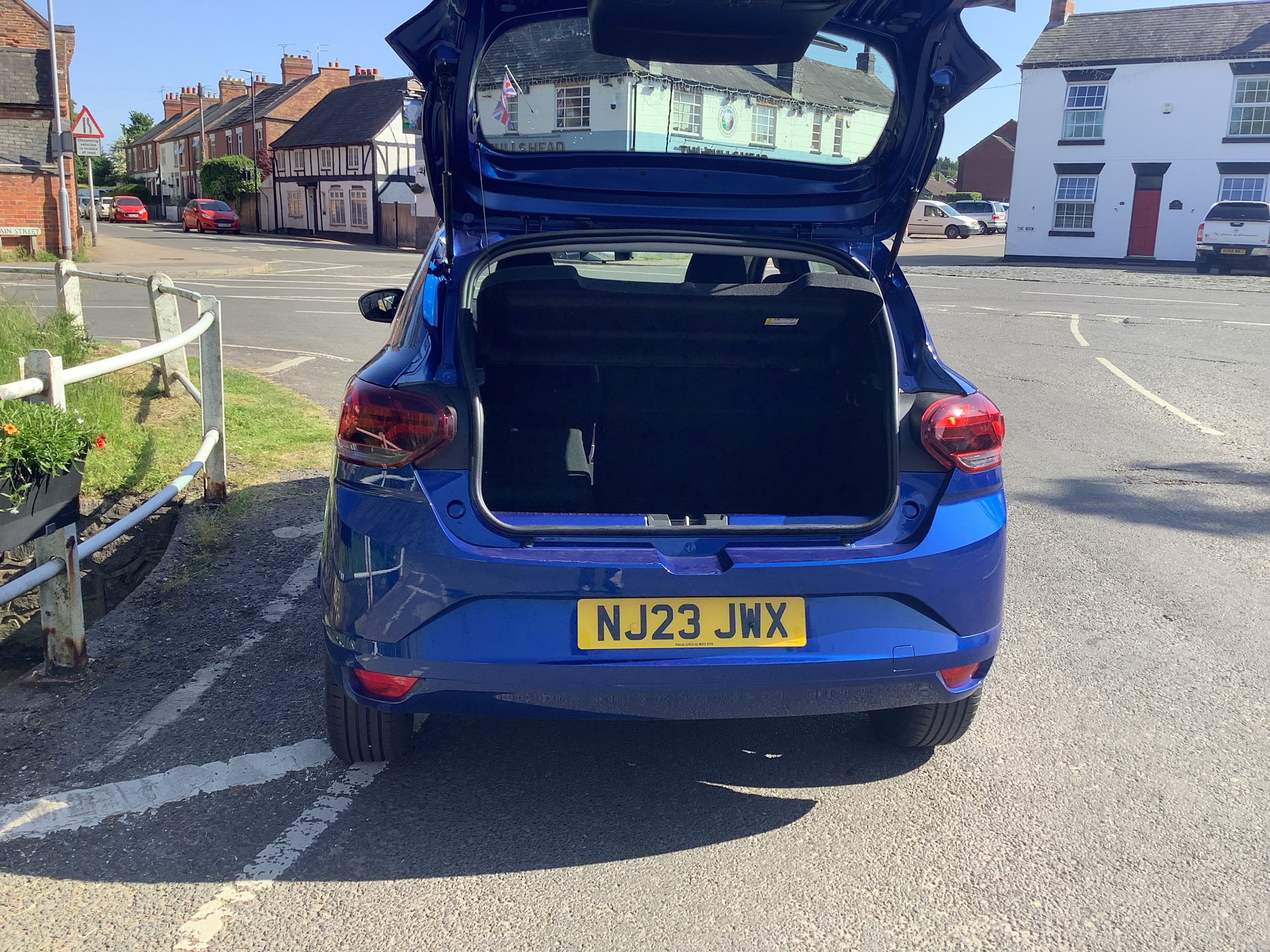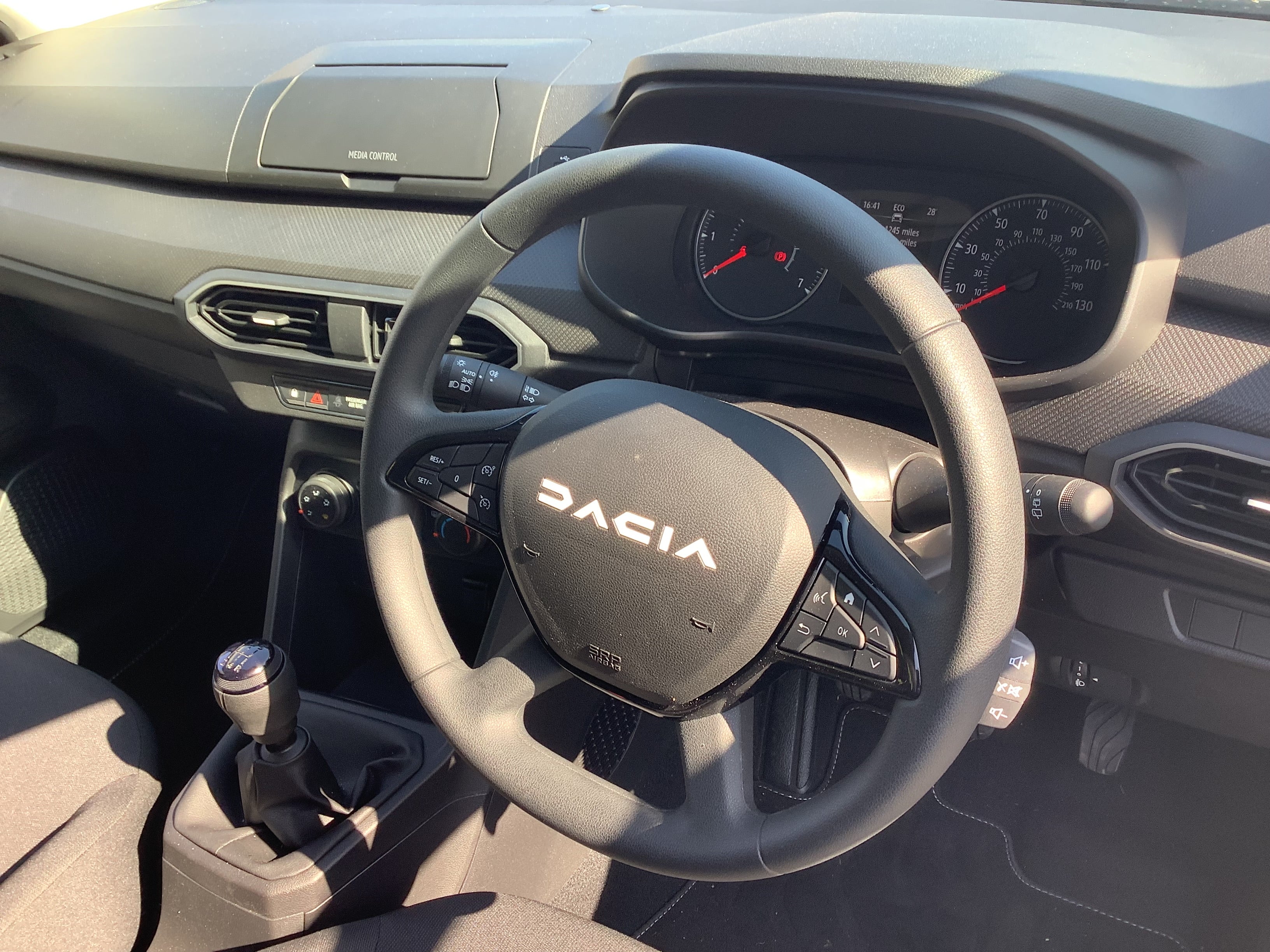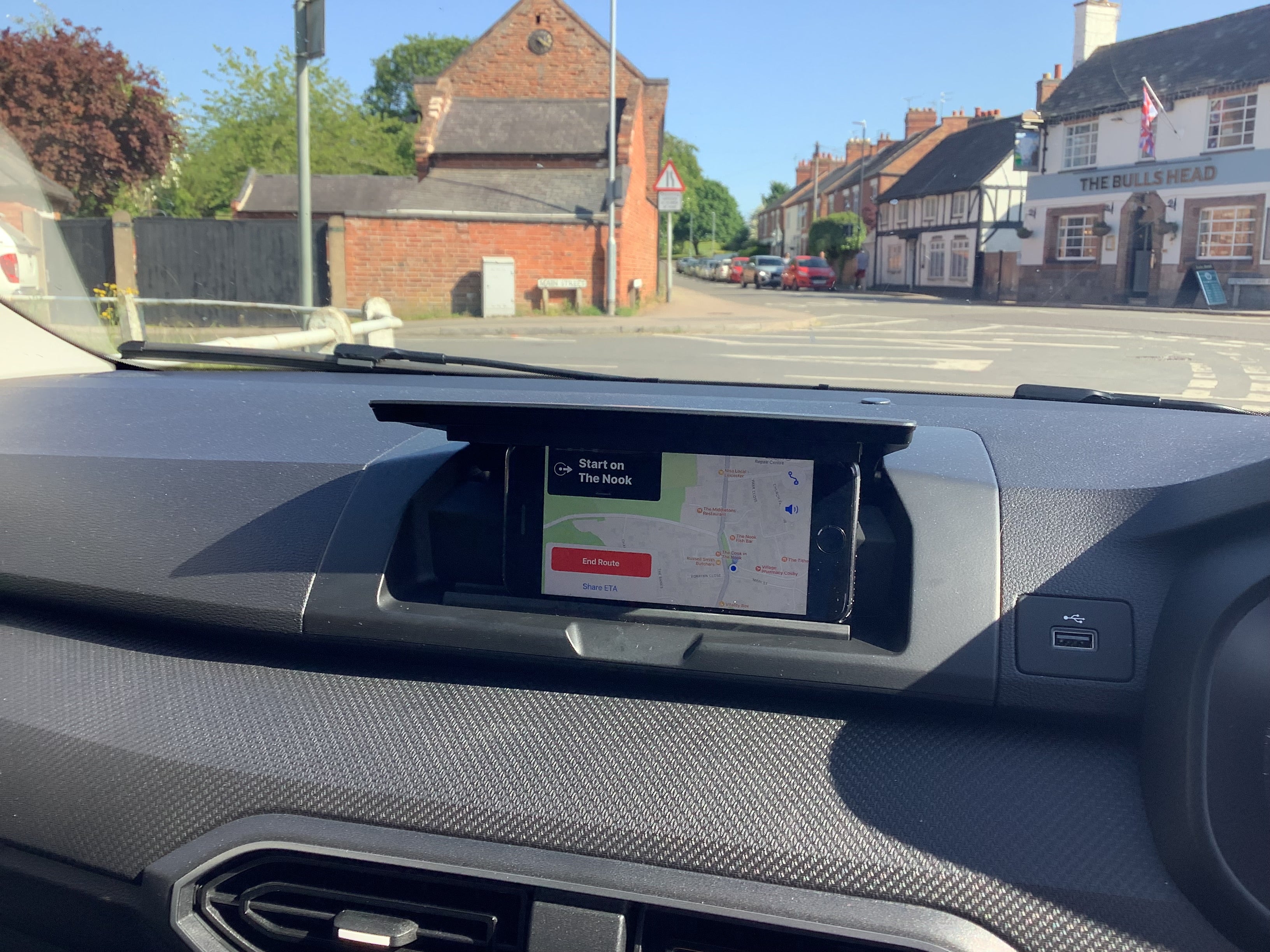
All credit to Dacia’s PR folk for breaking the mould and providing me with a base-spec model for a press loan. This is extremely uncommon behaviour, because press fleets invariably comprise higher-spec variants, usually with some choice additions from the options list – gigantic wheels, upgraded audio systems, “comfort” packs, electric tailgates, that sort of thing.
No matter how hard I have begged to sample the bottom-of-the range stuff, the answer is negative: even when (as with one memorable old ad campaign for the £10k Mini) the thing is being sold on price. Fully loaded is the usual deal.
Now, to be fair, there is a good reason for press fleet people offering a better-equipped vehicle, which is that it reflects the type of car people in the real world actually buy – which are very rarely the absolute basic, entry-level version, or “poverty spec” as the distasteful phrase goes.
So press fleets are populated with cars that have a few extras, just to reflect what people might well expect and specify on the order form, and thus to give an opportunity for the likes of me to see if the accoutrements work and are actually worth the dosh.

Indeed, it’s also fair to concede that an ex-press-fleet base model, even if meticulously cared for, will be harder to shift simply because it is a base model. Imagine trying to sell a car like a Mini without air conditioning! It might as well be missing a door.
Of course, the marketing upside of that gilding-the-lily approach is that the motoring hacks might be inclined to form a more rosy view of the product than would otherwise be the case, helplessly seduced as they settle into the hand-stitched, soft leather and alcantara-trimmed, heated and fully electrically adjustable seats with multi-massage and memory function. I speak from experience, of course. We’re all human.
Not the case with Dacia UK. They’re happy to send out a boggo Sandero with evident pride and confidence – and I’m glad they did, for sound editorial reasons. You see, the Sandero is the cheapest new car on sale in the UK, based on list price (the charming electric Citroen Ami is much less, but it’s technically a quadricycle, so it doesn’t count. The Citroen C3, Skoda Fabia and Kia Picanto are the nearest rivals.) The Dacia Sandero Essential TCe 90 costs £13,795.
THE SPEC
Dacia Sandero Essential TCe 90
Price: £14,445 (as tested; range from £13,795)
Engine capacity: 1.0l petrol, 3-cyl, 5sp manual
Power (hp): 90
Top speed (mph): 109
0-60 (seconds): 12.2
Fuel economy (mpg): 53.3
CO2 emissions (WLTP, g/km): 109
I should add that the Dacia people couldn’t resist adding metallic paint, a £650 option, but there we are. I tried not to be spoilt by it. The Sandero is a model that’s been out for a while, but they’ve given it a few styling touches (“new brand identity”), and as a budget buy, its time has come.
Now, I’ve no doubt that an exploration of “nearly new” vehicles online can yield some bargains, even in the current climate (especially battery electric vehicles at the moment), but I wanted to see what the car industry is doing to help us in the cost of living crisis and Dacia, the value brand (“You do the maths”), is the equivalent of a supermarket own brand.
I use that term “own brand” advisedly, because just as supermarket products can be the same quality as their premium-brand equivalents (and sometimes more or less identical and made in the same factory), so can a budget car brand actually have some perfectly good technology in it, and be good to drive.
Thus a Dacia, coming from a Renault-owned brand, will have quite a lot in common with cars sold under the more upmarket mainstream brand, and this is true of the Sandero – the same thrummy little three-cylinder engine as in a Renault Clio, for example, and no doubt plenty of other mechanical and electrical components, such as the (basic) cruise control and the radio, operated from a little pod behind the steering wheel, which is fiddly but you get used to it.
Mostly, the Sandero is quite enjoyable to drive, with its five-speed manual gearbox (who really needs six gears and two clutches?) and moderately soft suspension, and it tucks in perfectly well; there is enough power, with a little use of the gears and throttle, to easily keep up with the traffic. It feels light and chuckable if you see what I mean, like an old-school French supermini.

If, however, given the cost of living, you want to exploit its excellent fuel economy to the full and switch a Sandero into its “ECO” mode, you’ll notice the lack of overtaking potential at higher speeds. Best put the cruise control on for a steady 65mph and relax as you save money, I’d suggest.
You do, though, notice what’s “missing” if you’ve been used to most other brands. Clamber into your Sandero and you immediately ask yourself “Where’s the screen?”
Whereas many newer models have a huge array of touchscreens arrayed before you, the Sandero has a flap that is labelled with the intriguing words “MEDIA CONTROL”. It’s far too small to expect to find Rupert Murdoch squashed up inside it, but it is in fact empty, with just two slots on the upper and lower jaws. These are for you to slot your smartphone into, for full connectivity on the move, and I have to say I don’t really need more than Google Maps on the move. So that’s sort of OK.
What else is obviously absent? A vanity mirror in either sun visor, something I’d prefer to do without. The door mirrors have only manual adjustment, again OK by me. There are electric windows, but only in the front – and when was the last time you saw a new car with manual window winders? The seats are trimmed in some sort of synthetic material, which is fashionable in our veganistic times, and they’re fairly supportive.

There are no giant alloys on the base Sandero, but the plastic trim is quite nice, and this also means you needn’t worry about kerbing them, plus the ride is better. The rear seats fold separately on the usual 60/40 proportion for maximum flexibility, and there’s an adequate boot (the Dacia Jogger is the seven-seater king of versatile space efficiency). Being a nervous parker, I’d have quite appreciated even the most elementary of sensors, but the Sandero is compact enough for that not to be too much of a worry.
The one area in which the Sandero does clearly fall short is on its safety rating, which is a disappointing two stars out of five on the Euro NCAP test. A lot of that is down to its lack of the full suite of modern driver assistance, such as lane assist and automatic braking, but it is also thanks to the lack of protection for its occupants. Of course, any car with seatbelts has the most important safety feature of all, but it’s a factor that needs to be taken into account (the extra kit is available on the posher Sanderos).
On the whole, the base Sandero is perfectly acceptable, practical personal transportation that should prove as cheap to run as it is to buy or lease, and won’t depreciate so disastrously that it cancels out the low purchase price. If you keep it for a few years, until the internal combustion engine finally disappears, then depreciation won’t make much difference anyway.
It’s probably still a bit overpriced for what it is, but given that the makers of BEVs (battery electric vehicles) don’t seem able to get their prices down to affordable levels, the Sandero may well be the last hurrah for traditional mass motoring. I wouldn’t bother with the metallic paint, though – go with the standard “glacier white” (all the others are more money). You do the maths.







